Today, we are going to test and review another new Zigbee product from SONOFF, the SONOFF Zigbee Smart Water Valve (SWV). This is the first water valve built by SONOFF. When it comes to devices related to water control, whether watering plants or opening and closing valves in tanks or pools, many people might be familiar with the SONOFF 4CHPro model, which is a WiFi smart switch that controls solenoid valves with DC or AC power (valve sold separately). The SONOFF SWV is an all-in-one device that integrates both valve control and IoT functionality in one. It is ideal for plant watering around the house or controlling water filling into pools or tanks. Besides being able to set schedules for opening and closing valves, it also has other interesting features. Let’s look at the details.
Unboxing the SONOFF Zigbee Smart Water Valve
Inside the box, you will find the valve itself, which has a 3/4″ water inlet and a 3/4″ water outlet. The SONOFF SWV comes in two models: NH (National Hose) for North America and BSP (British Standard Pipe) for other regions. For this test, we used the BSP model. Besides the valve, the box includes a small manual, a QR code linking to the installation guide, and a roll of water-resistant thread tape.
The SWV uses four AA batteries, which are placed in an orange battery compartment (illustrated below). SONOFF claims that the batteries can last up to 20 months. The valve has an IP55 rating, meaning it is protected against dust and water splashes or sprays, but it is not designed to be submerged like the Water Leak Sensor we reviewed last time.
The valve has a round button on the side for pressing the valve ON or OFF, and it is also for pairing. The SONOFF SWV uses the popular Zigbee chip EFR32MG22, which is widely used in SONOFF’s Zigbee devices offering a long signal range. However, we did not test the range that SONOFF claimed to be up to 130 meters (line of sight).
Of course, Zigbee devices require a Zigbee Hub/Bridge to communicate with the outside world. SONOFF recommends models using Zigbee 3.0, such as SONOFF NSPanel Pro, SONOFF iHost, SONOFF ZB Bridge-P, SONOFF ZBDongle-E/P, or from other brands like Amazon Echo Plus 2nd, Echo Show 2nd, Echo 4th Gen.
The installation is quite straightforward and quick. You need a faucet with a 3/4″ male thread, and you can immediately screw the valve onto it. For the water outlet, connect a PVC pipe to the 3/4″ female thread. Before installation, wrap the threads with water-resistant tape. The SONOFF SWV also includes a filter to catch any debris that might come along with the water.
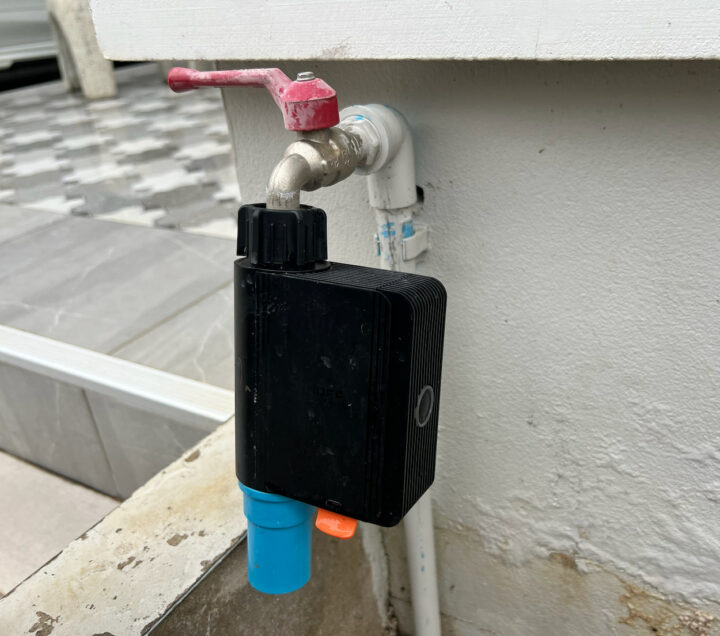
In general, eWeLink is the de facto standard application for the SONOFF SWV but it also works with other platforms such as Amazon Alexa, Google Home, and open-source apps like Home Assistant.
SONOFF SWV specifications
- Wireless – Zigbee 3.0
- Pressure – 0.06-0.8 MPa
- Rating – 6V (4×1.5V AA batteries)
- Dimensions – 152 x 100 x 46mm (PC+ABS case)
- Temperature Range
- Operating – 5 to 60°C
- Water – 5~40°C
- Humidity- 5%~95% RH, non-condensing
- IP Rating – IP55
Valve types
| SWV-BSP | SWV-NH | |
|---|---|---|
| Standard | British Standard | PipeNational Hose |
| Thread designation | G3/4-14 | NH3/4-11.5 |
| Nominal size | 3/4" | 3/4" |
| Thread type | Rounded Edge | Flat Edge |
| Recommended for use in | UK, Europe, most other countries | North America |
Using the SONOFF Zigbee Smart Water Valve with eWeLink
Adding the SONOFF SWV into the eWeLink app follows the same process as other SONOFF Zigbee devices. Since it is a Zigbee device, a SONOFF Zigbee Hub/Bridge is required to connect to the eWeLink Cloud, allowing for remote control through the eWeLink app.
Before pairing, press and hold the button on the valve for seconds until the green circular light flashes, then release. Launch the eWeLink app to add the device. See the steps in the screenshots below.
Before using it, you need to configure settings for your environment, such as the unit of measurement for water volume, temperature unit, and location. The SONOFF SWV will use this information for setting water usage parameters as well as weather forecast info.
Besides creating a Scene to control the SONOFF SWV, there is also a manual approach to control the valve in Device Settings. You can set the valve to open and close based on a schedule or the amount of water to be used. Weather forecasts are also provided to assist in decision-making. We think a key feature of the SONOFF SWV is the ability to set the amount of water to be used, which can be suitable for certain scenarios. This provides a good alternative to scheduling. The image below shows examples of both manual control for water volume and valve open time and how many times the action will repeat.
In the next step, we will create a Scene in eWeLink to set a schedule for opening the water valve. This includes setting the duration for which the valve will be opened or the amount of water that will pass through the valve. Refer to the images below for both types of settings to make it easier to understand.
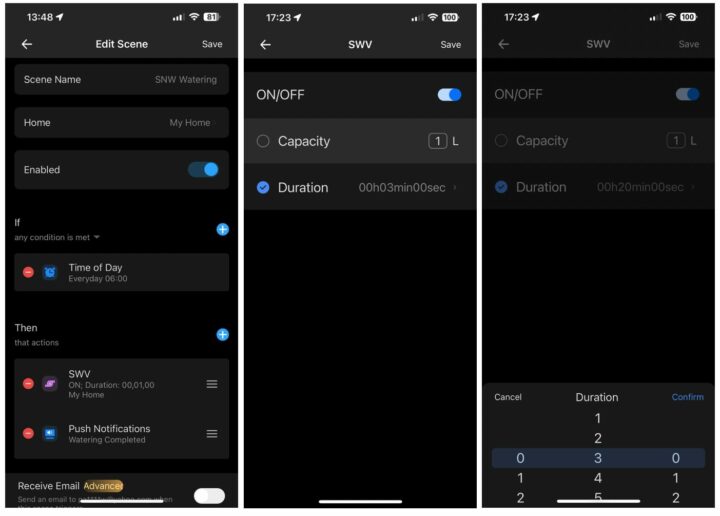
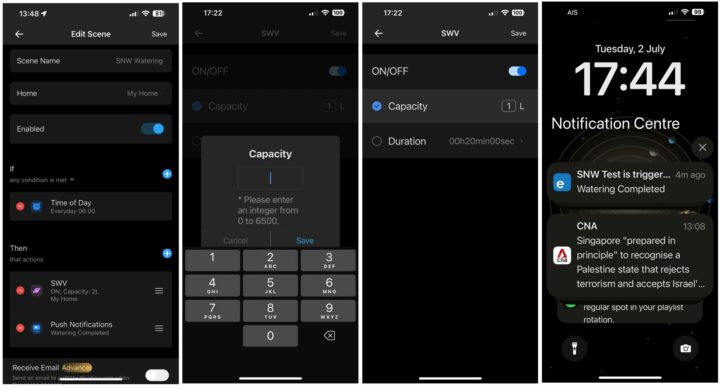
Additionally, the SWV has a notification function that alerts you if any issues arise, such as water shortage. It can also record water usage data for up to 6 months, allowing you to track your water usage in detail.
The video below shows us opening the valve manually with the on/off button or for a specific capacity.
Using the SONOFF Zigbee Water Valve with Home Assistant
Next is to test the functionality of the SONOFF SWV with Home Assistant. Our testing environment is comprised of Home Assistant 2024.5.3 on a Raspberry Pi 4 connected to a SONOFF Zigbee 3.0 USB Dongle (Plus) as Zigbee Hub. For Zigbee software integration, we tested both ZHA and Zigbee2MQTT. Unfortunately, we found that with ZHA, we couldn’t access all the features of the SWV as we could in eWeLink. Therefore, we only focused on Zigbee2MQTT in this review instead. Take note that Zigbee2MQTT needs to be version 1.39 or higher to work well.
After adding the SNOFF SWV through the Zigbee2MQTT integration as shown in the image above, the next step is to control it using Automation via MQTT services, refer to the commands from https://www.zigbee2mqtt.io/devices/SWV.html . If you are using ZHA, you can only turn the SONOFF SWV on or off and cannot select the water volume, thus not fully utilizing its capabilities.
As shown in the screenshot below, we created a simple script in Home Assistant to test by sending an MQTT message to release 1 liter of water through the SONOFF SWV. You can also set the schedule and duration through MQTT messages. There are also several entities available for use, which are similar to those in eWeLink, except for the water usage statistics that need to be configured separately in Home Assistant. However, this should be sufficient for Home Assistant enthusiasts who want to have in-depth control over the SONOFF SWV.
Conclusion
The SONOFF SWV Zigbee Smart Water valve is likely to meet the needs of those looking for an easy-to-use device, both in terms of installation and configuration. It is suitable for general residential homes that need to water a few plants, vegetable gardens that require controlled volume watering, or other purposes such as filling ponds or pools. The SONOFF SWV can work with other platforms such as Amazon Alexa, Google Home, or open-source platforms like Home Assistant via Zigbee2MQTT, which supports almost all features.
The SONOFF SWV can also log water usage statistics and operational data, as well as provide notifications if there are any issues, such as water shortage. We think the SWV is quite solid although it’s the first version released. The SONOFF 4HPro would still be the solution of choice for people requiring larger valves.
We’d like to thank SONOFF for sending the SWV Zigbee Smart Water Valve for review. It sells for just $26.90 and you can also use the 10% discount coupon code CNXSOFTSONOFF to further lower the purchase price.

Computer Engineering who previously worked with multinational IT company, rich experience in IT infrastructure, has a passion on Internet Of Thing i.e., Smart Home, Smart Farm as well as interested on Sustainability such as renewable energy, organic farming
Support CNX Software! Donate via cryptocurrencies, become a Patron on Patreon, or purchase goods on Amazon or Aliexpress


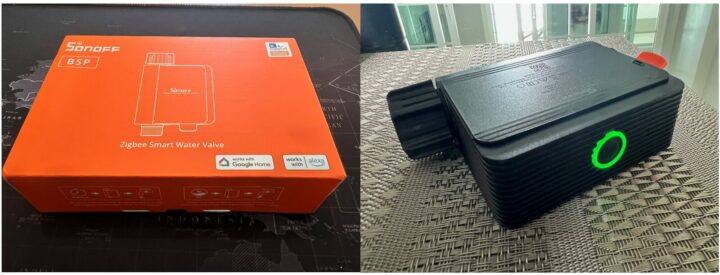
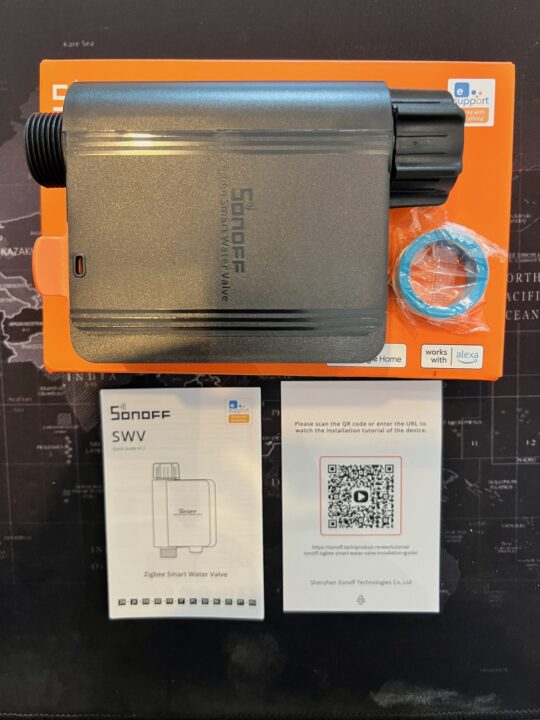

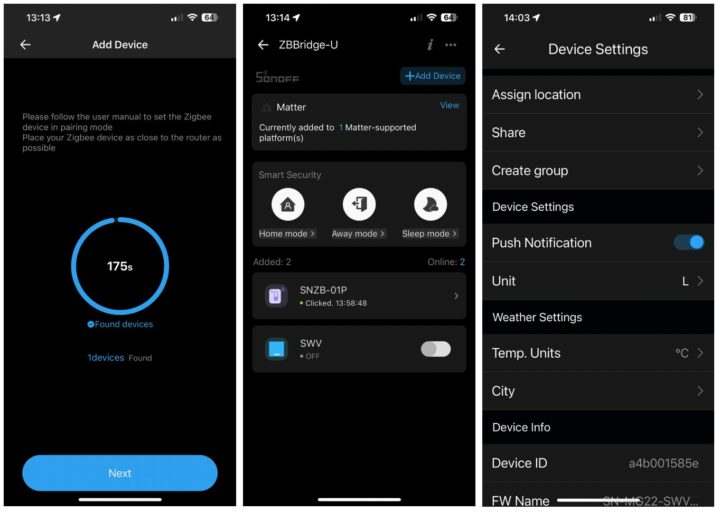
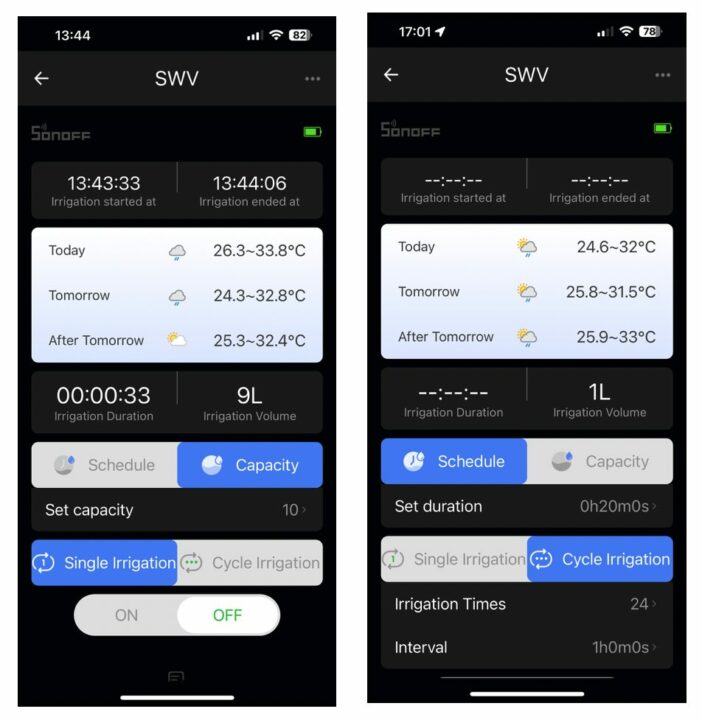
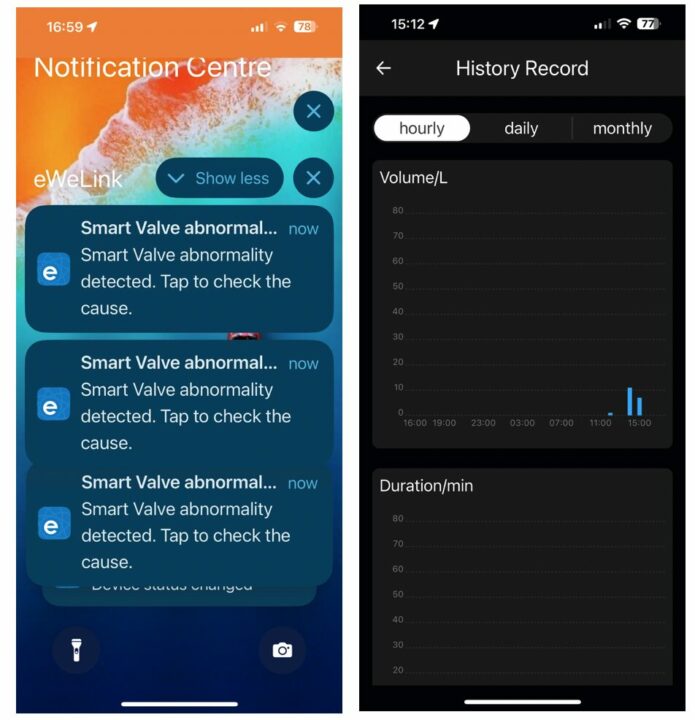

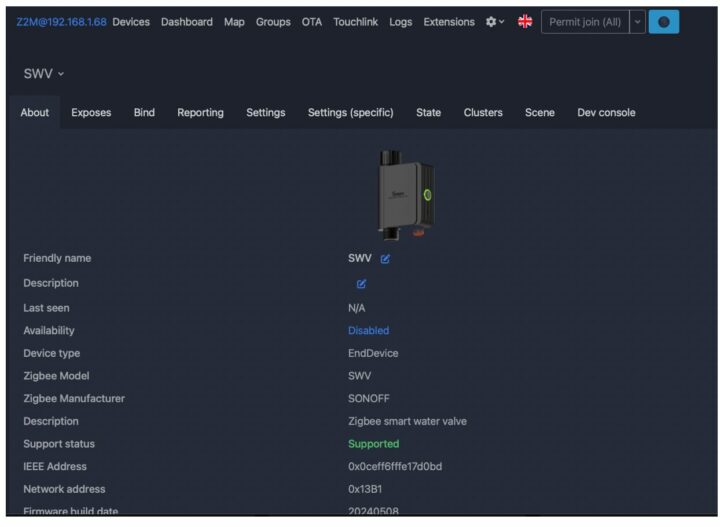




Unfortunately the review barely covered the possibilities of a secure and stable local setup, but generally it seems like there’s not much support for that.
Sonoff fell hard from offering “DIY mode” to becoming yet another sketchy Chinese company pushing mandatory shovelware harvesting user data.
When it comes to such devices, reviews should really cover what makes the device different from the sea of AliExpress options which can just drop dead the moment “eWeLink Cloud” and similar servers go down either due to abandonment, or the currently increasing international political tensions leading to more traffic filtering.
From what I understand, if you get Home Assistant working that means local control works. The initial setup might still require the eWelink app, but after that, it’s not needed anymore. Paisit should be able to provide a more informed answer.
There is no need to do first setup with eWelink at all. You can go straight to add SWV directly to Home Assistant with Zigbee2MQTT integration. You can get full local control as you want.
eWeLink cloud is for newbie / beginner / not tech savvy. There are pros and cons for those two (cloud v.s.local). It’s up to user. Obviously, the advance user most likely choose Home Assistant as you can control everything.
I’ve just noticed SONOFF has a promotional event taking place between July 18 and August 31 with some coupon codes better than the CNXSOFTSONOFF 10% coupon code if you order over a specific amount: